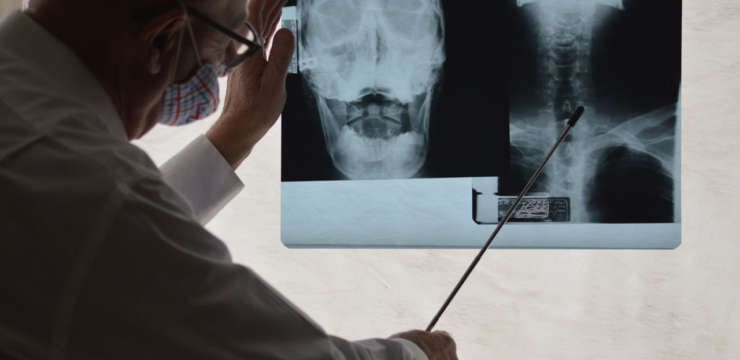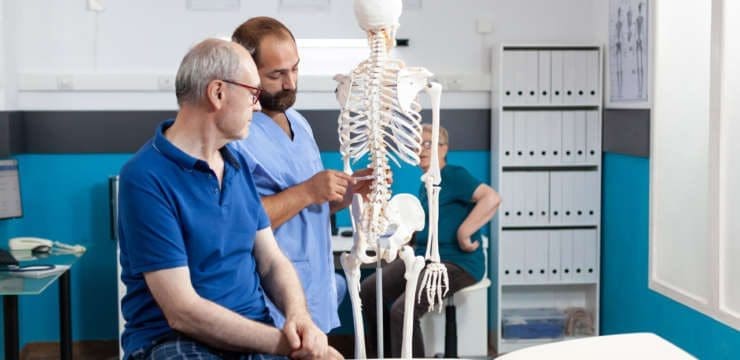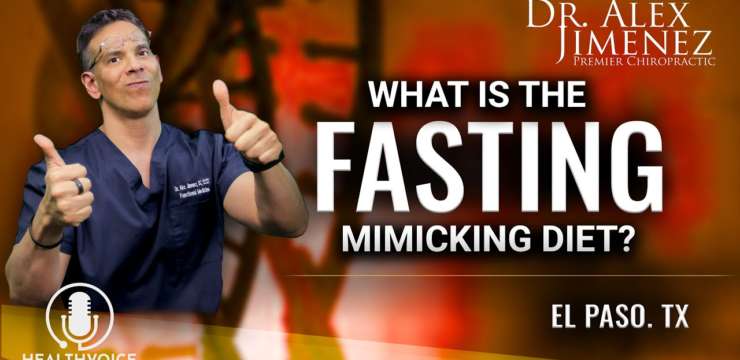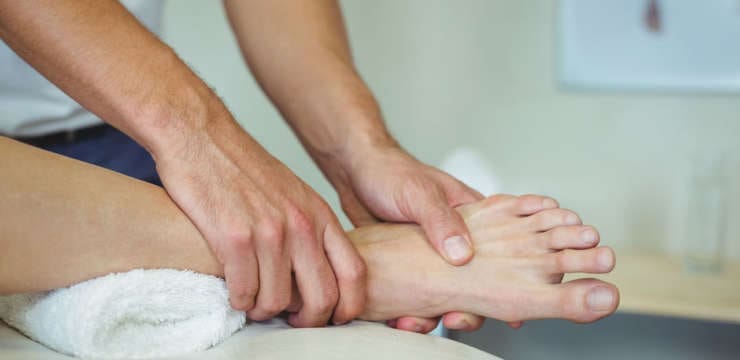Syringomyelia is a disorder in which a fluid-filled cyst/syrinx forms within the spinal cord. It is progressive, meaning that the cyst grows with time causing…


Syringomyelia is a disorder in which a fluid-filled cyst/syrinx forms within the spinal cord. It is progressive, meaning that the cyst grows with time causing…

Individuals talk about how they don’t sleep much because they have so much to do and can operate/function on only 5 or 6 hours of…

Introduction In today’s podcast, Dr. Alex Jimenez, Health Coach Kenna Vaughn, and Sports Dietitian Lizette Ortiz discuss how food substitutions can help a person feel…

It is one thing to wake up with back pain, but another when the pain is combined with a fever, body aches, and chills. It…

Introduction In today’s podcast, Dr. Alex Jimenez, Health Coach Kenna Vaughn, and Sports Dietitian Taylor Lyle discuss what does sport nutrition and a healthy diet…

Many individuals are trying to get fit and stay active through physical activity and exercise. Getting back to a previous fitness routine is an achievable…

Introduction In today’s podcast, Dr. Alex Jimenez sits down with Dr. Mario Ruja about how to become more mindful and take every opportunity to be…

Spinal cord injuries or SCI’s don’t just happen from intense force/high-energy trauma like hard falls or auto accidents. Non-traumatic spinal cord injuries are more common.…

Introduction In today’s podcast, Dr. Alex Jimenez talks with Victoria Hahn about what the fast mimicking diet is and how is it beneficial to the…

The ankles provide an essential role in total body function. They work as a complex system within the feet to carry the body’s weight and…

Chiropractic Reset: Traveling is not an easy adjustment as it disrupts the body’s internal clock. When flying even just 3 hours, the body can start…

Introduction In today’s podcast, Dr. Alex Jimenez talks with Alexander Isaiah and Ryan Welage both medical students at the National University of Health Sciences, about…

Changing positions and posture. Individuals who have to sit at a desk, workstation, or cubicle for most of the day increase their risk of back…

Trying to fit exercise into a busy day can be a struggle to find a 30–45-minute window. However, research has found that mini workouts and…

Introduction In today’s podcast, Dr. Alex Jimenez and Master Nutritionist, Ana Paola Rodriguez Aricienga are continuing what the beneficial properties of melatonin do to the…

Introduction In today’s podcast, Dr. Alex Jimenez, Senior Health Coach Kenna Lee Vaughn, and Master Nutritionist Ana Paola Rodriguez Arciniega discuss what melatonin does to…

Moving every part of the body freely, without pain or stiffness, is necessary for a high quality of life. As the body ages, it begins…